“Surface finishing is the final & one of the crucial stages in manufacturing. Its role is not only limited to enhancing aesthetic beauty. It also contributes to the functionality and durability of the product and components. Brushing is a straightforward and common surface finishing approach for small and medium-sized products.”
Abrasive brushes are utilized for the brushing finish. Using abrasive brushes can altogether remove any surface flaws, such as small burrs, uneven surfaces, and dust, to leave behind a beautiful metal finish. Steel, aluminum, chrome, nickel, and other common materials used in manufacturing are all suitable for the brush finish.
This article will discuss the brushing finish in detail, including the brushing process, types, advantages, applications, and many more.
Wire Brushes
Wire brush
Wire brushes are pretty compelling when cleaning surfaces where undesired rust, corrosion, dirt, and grime are the main problems. These brushes come in standard length and round shapes and are made from high-carbon steel. Because they are combined with machines, round brushes are more efficient than length brushes.
When a brush’s wire tips make quick contact with a surface, they separate contaminants from the surface.
Power Brushes
Power brushes
Wires of carbon steel, ferrous and non-ferrous metals, and natural and synthetic fibers, are used to make power brushes. They are employed in several applications, including polishing, surface contamination, and edge blending. The power rating of the power brush determines the application based on the pressure applied to the surface.
The brushes’ shape, size, and filaments also rely on the applications. So, there are power brushes with longer and shorter filaments, small & larger diameters, depending on the uses. For Example, while shorter filaments are utilized for rigorous brushing, longer filaments are used for moderate brushing. Additionally, larger brushes often produce better results.
Stages of the Brushing Process
Brushing is a complex process that demands extreme accuracy to keep the components’ dimensional stability.
So let’s break down the procedure into three stages.
1. Brushing preparation
In this initial phase, the surface is thoroughly cleaned to prepare it for brushing. After washing with distilled water, sandpaper was applied to the surface to remove any scratches on the surface. If any contaminations or paintings is presented, that must be removed before further proceeding.
2. Brushing
After the surface has been cleaned, the central stage starts. The brush is attached to the shank connected to the device which generates circular motion. Now, it begins to move in a circular motion removing all the imperfections from the surface to make it shiny and smooth. The brush is applied unidirectional. However, a brush can be used repeatedly on the same surface position following the specifications to increase the smoothness.
3. Post-processing
In the post-processing stage, the attached particles and residues are eliminated using a rinsing operation with acid, alkalis, and surfactants solution. Then, according to the requirement, other further finishing could be applied, like electroplating, painting, polishing, and others.
Try Prolean Now!
Applications of Brushing Finish
Deburring
Deburring brushes
Deburring is the process of removing excess materials and lingering chips from various machining operations. This task can be accomplished exceptionally well by brushing. Deburring leaves a clean, smooth surface while assisting in the prevention of surface corrosion.
Edge blending
An edge is created during component assembly, which can impact both functioning and appearance. These mating edges are tough to finish with deburring tools, even though other edges are easily smoothed with them. However, these near edges can be blended exceptionally well with the aid of a power brush without disturbing the designed tolerance.
Cleaning
Rust and grime may already be present in the product, and following various machining operations, there may be surface residues. For instance, Slags remain on the surface after welding. Once you apply the brushing procedure, these types of flaws are eliminated.
Roughing
Another use of the brushing procedure is to roughen the surface. You may be wondering why rounding is necessary. Well, roughness is an efficient approach to catching dirt and debris, making cleaning easier.
Factors Affecting the Brushing Result
The outcome of a brushed finish depends on several variables, including the caliber of the equipment and the operators’ skill. Understanding the aspects is crucial to achieving the best finish for your product. Let’s see some critical factors that will help control the process and optimize the finishing.
Brush Type & Quality
The kind of brush you use and its Quality significantly impact how the brushing finish turns out. The decision must be based on the material’s qualities when finished. For Example, steel wire brushes can only produce outstanding results for steel surfaces. Using them on soft metals such as aluminum and brass will result in scratches on the surface. In addition, an old brush without a consistent wire may not be handy regarding the finishing quality.
Speed of rotating wheel
The wheels made with abrasive material are used in the finishing process and attached to the rotatory machine. Therefore, the wheel’s speed also impacts the outcomes of the brushing surface.
High speed is considered to be good. However, if the wheel spins excessively high speed, the grains on the surface may be scorched, creating black blotches. Therefore, during the process, the rpm should be set beforehand following the wheel’s material and capacity.
Brushing direction
Unidirectional brushing is the most straightforward and effective technique when deciding on brushing direction. If the brushing is not completed correctly in one session, the operator may go back and improve the finish. There is another approach. Once the brushing is finished from one side to another unidirectional, it can be reversed from the endpoint rather than starting from the starting position.
Skill & experience of the operator
The brushing operators’ skill also influences the Quality of surface finishing. The better the outcome will be if they know the procedure and tools and have experience using them. Unskilled operators might be unable to provide the best results because it’s crucial to handle tools properly, and the surface might suffer dimensional damage.
Brushing on Steel & Aluminum Surface
Stainless Steel
Brushed steel surface
Mainly the brushing of stainless steel is done by three types; wire steel brush, bristle brush, or fiber grain wheel. Like in all other brushing operations brush moves on the steel surface unidirectional, leaving a s a dull, matte sheen on the steel. After the process, stainless steel gets a soft glow with a fine line in the direction of brushing. It is also applied to steel items made for decorative purposes.
Aluminum
Brushed aluminum surface
Power brushes, Scotch Brite scouring pads, and fiber grain wheels are good tools for brushing aluminum surfaces. Similar rules apply when brushing stainless steel; it has also been done in a single direction. Aluminum surfaces are cleaned and made shiny by brushing, which may also leave some thin brush strokes in the order of the brushing. The main difference with stainless steel is that the brushing needs to be done more gently with aluminum.
Try Prolean Now!
Advantages & Disadvantages
Advantages of Brushing Finish
- Since the irregular surface has more potential for corrosion, a brushing finish makes the surface smoothed, helps prevent rust formation, and contributes to the durability of parts.
- It aids in the effectiveness of further processing, such as painting and powder coating, by increasing the adhesiveness of the surface.
- Remove any dust, pre-formed rust, and slags from the surface.
- The brushing operation does not affect the dimensional stability of parts, so it maintains the tolerance.
- The smooth, shiny surface of the brushing finish gives an excellent aesthetic appeal to the product.
Brushing Finish Disadvantages
- Brushing with a semi-skilled operator could result in dimension damage and scratches on the surface.
- The brushing texture could hamper the fluid’s capacity to bead on the surface.
- Brush strokes could be visible on the surface.
Read More:
Conclusion: Brushing Service at Prolean
Brushing is the economical and straightforward approach to surface finishing. It is widespread for the finishing of parts made with steel and aluminum. In this article, we oversee how brushing finish is applied in detail with its advantages, disadvantages, and influencing factors.
Our firm Prolean offers professional brushing services and all other types of surface finishing approaches from our engineers and operators with more than a decade of experience in the field. So if you are looking for any surface finishing consultation and service, you can get a quotation from us anytime. Compared to the US, Europe, and even the China-based manufacturers, we are very competitive on pricing and believe in quality service, so don’t hesitate to contact us.
FAQ’s
What is brushing finish?
Brushing finish refers to the process of removing dust, slags, rust, and other metal surface imperfections to make it shine and smooth.
What kind of brush is used for the brushing process?
Steel wire and a power brush are two brushes that are frequently used in brushing operations.
What are the applications of brushing?
Deburring, edge blending, cleaning, and roughing are the main applications of brushing.
What are some factors that affect the Quality of brushing?
Brush type, speed of the brushing wheel, the direction of brushing, and operator skills are some crucial factors affecting brushing outcomes.
What is the prime difference between steel & aluminum brushing?
Stiff brushes are used in steel brushing, whereas aluminum needs soft brushes.

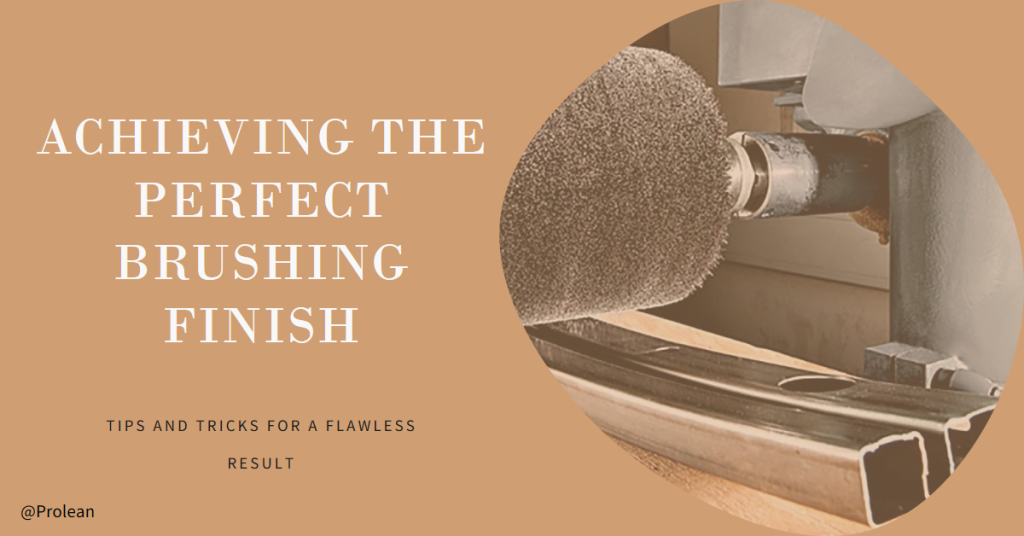
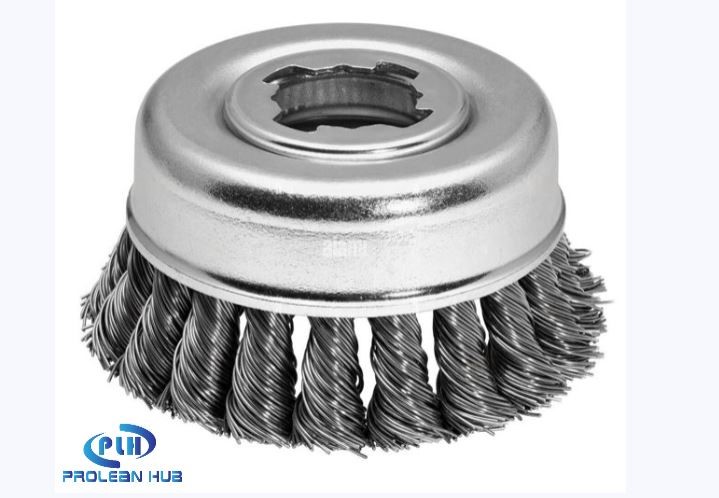
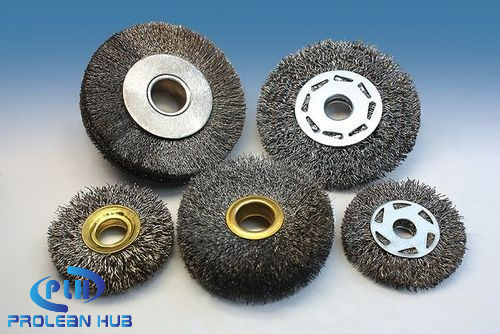
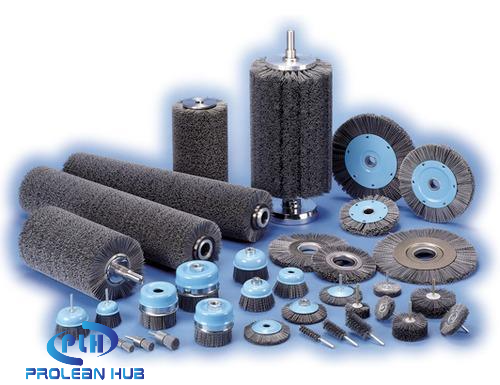
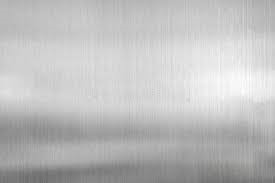
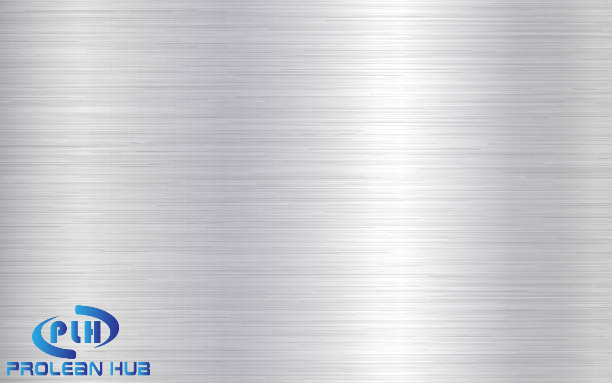
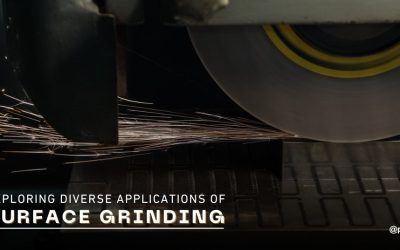
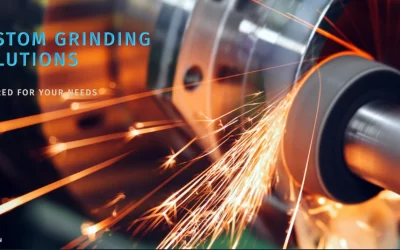
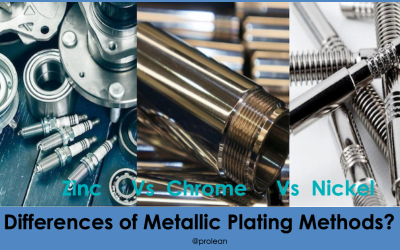

0 Comments